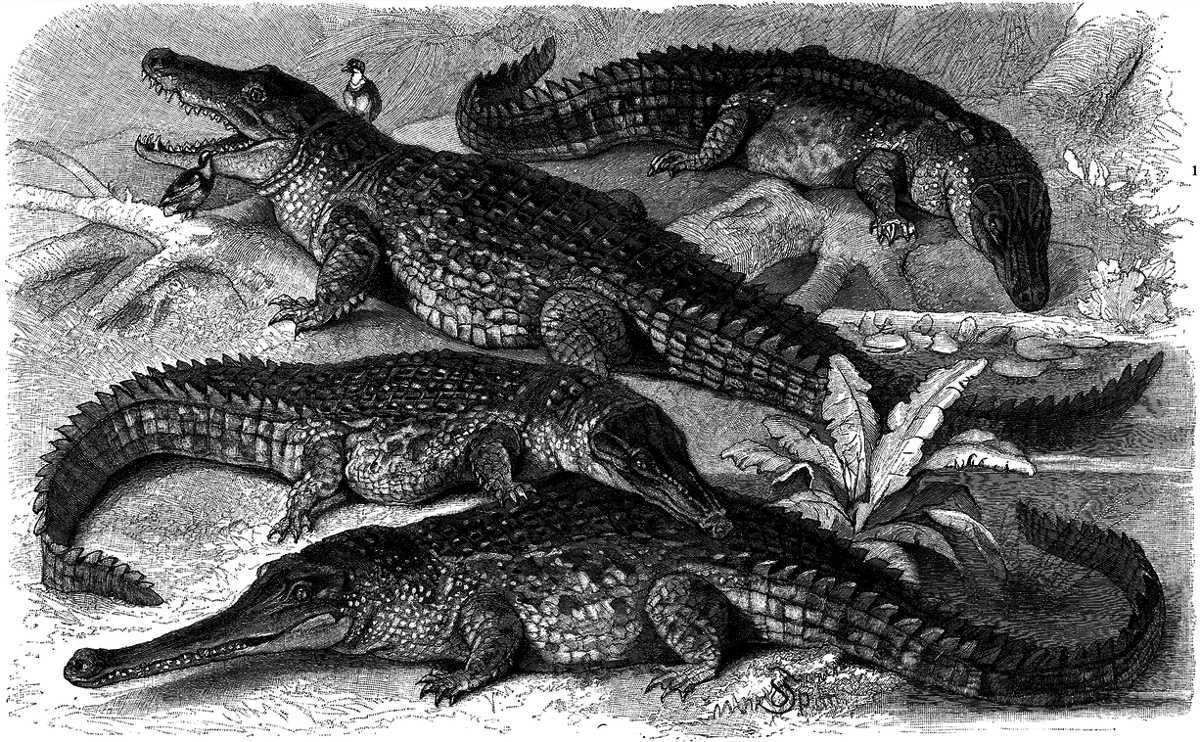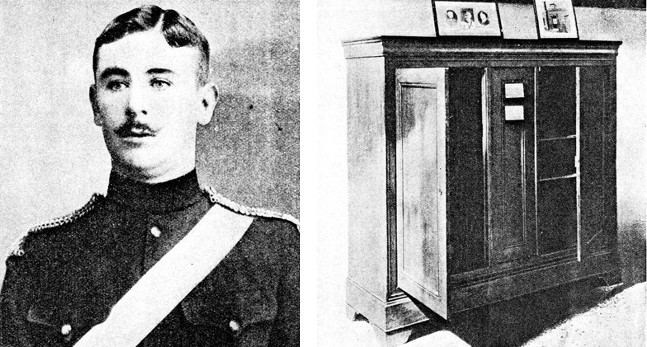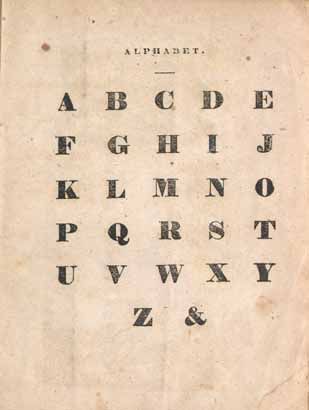
In 1979, artist Max Neuhaus proposed a silent alarm clock. Or, rather, a clock that awakens one with silence:
Instead of a bell which begins with a sudden clang and gradually dies away, this concept is precisely the opposite. The sound is introduced gradually; beginning inaudibly it grows slowly over a period of minutes and, at its height, suddenly disappears. The long subtle emergence of the sound causes it to go unnoticed. It becomes apparent only at the instant of its disappearance, creating a sense of silence.
The change would awaken you. It’s not even really silence that you’d hear — the normal background sounds would still be there. But “in this silent moment, for a few seconds after the sound has gone, a subtle transparent aural afterimage is superimposed on the everyday sounds of the environment, a spontaneous aural memory or reconstruction perhaps, shared by all who notice it, engendered by the sound’s disappearance.”








